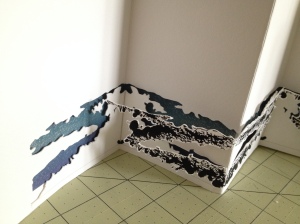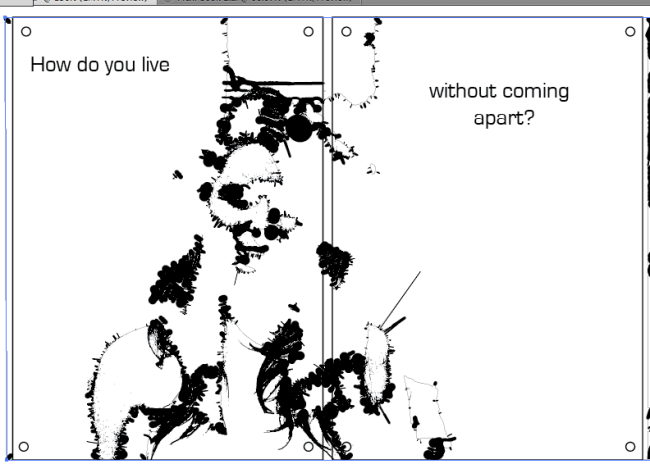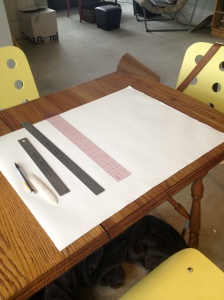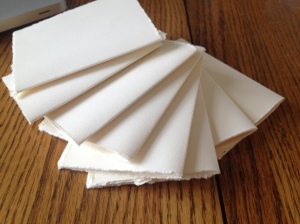One of my favorite teachers of all time retired last year, an unfortunate scenario for me, as Janie was the professor I always looked up to. I was expecting her to be there through my last year of school, the most important year of school, the year in which I complete my thesis.
Well, she isn’t there, but I am lucky enough to still get to see her twice a week. This is because last year, she asked me to be one of her artist assistants. Now, I can talk to her about my ideas, my work, and school in general. More importantly, I get to experience what her workflow is like, here what her ideas are, and learn so much more than I ever really thought that I would. Working with her has been one of the best experiences I’ve had so far in college.
Janie, being as amazing as she is, has agreed to spend extra time with me to look and critique my work. A couple weeks ago, I got to set up my work for her and hear what she had to say about it. I forgot what it was like to get feedback from her, and I soon remembered why she was such an important teacher. She pointed out things that I had yet to think about, discovering things in the work that no one else had, including me. She saw my work from a point of view that no one else who looked at it had, and that was incredibly enlightening and important for me.
One thing she point out was how important text seemed to be throughout the work. I guess I had never thought this…It was just a product of the conceptual aspect of my workflow. Although each piece was created with that in mind, it is not as if each piece in this series needs text to be successful or to connect to the whole. However, Janie pointed out that I should think about text on a deeper level, and start making more conscious decisions about its use and what it can mean to the viewer.
Luckily, soon after this critique with Janie, we went to the Ann Hamilton lecture together. Her work is heavily text-based. It as so informative to listen to her talk about this choice, where she got her text from, and why it was important in her work. She asked a question that I think has changed how I think about using text. She asked what it would mean to the viewer if they knew that text was present, but could not read it. How would that change the way the work is viewed? I think that asking these questions and thinking about the unconventional and unexpected ways in which I can use text will be incredibly important in my future work.
As of now, I am just grateful for the feedback I’ve been lucky enough to attain both in and outside of school. Knowing now how difficult it is to find someone to look at and talk about your work with, I will be sure to appreciate all of the feedback I continue to receive while I’m still in school. Hopefully that thought will help me get through the rest of the school year a little more easily.





























